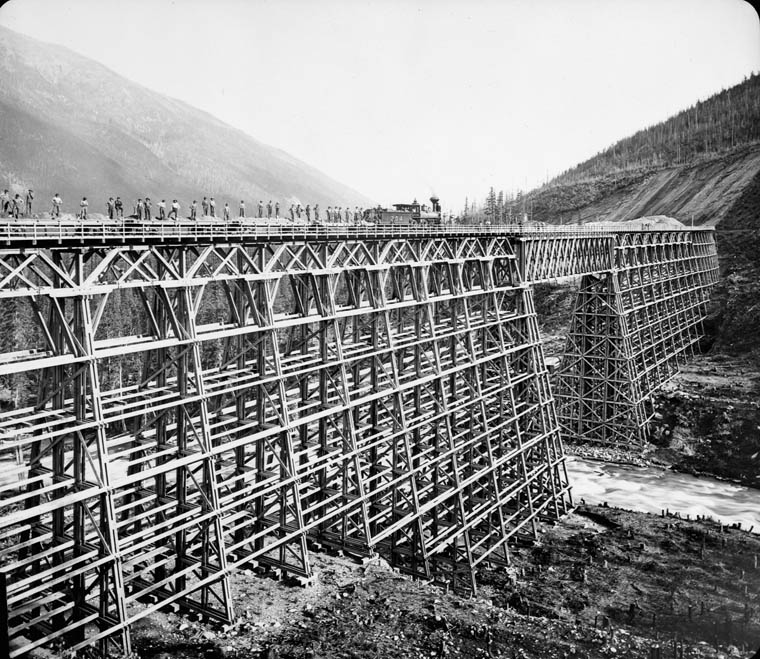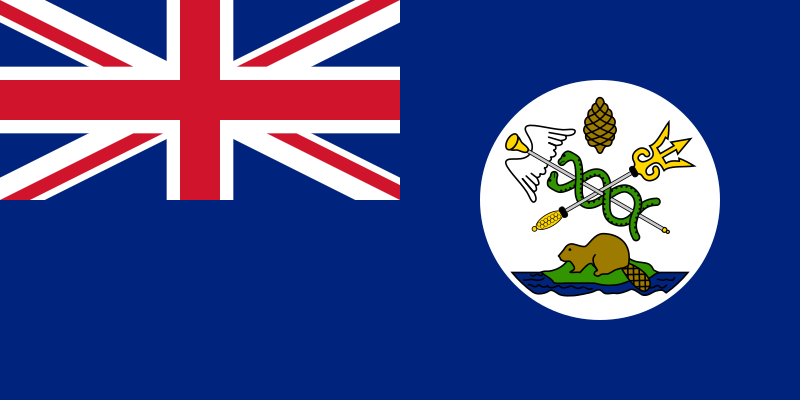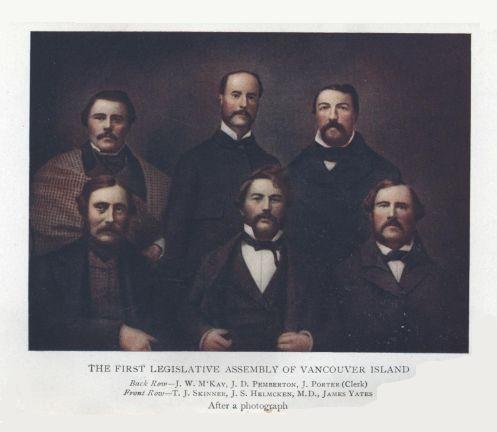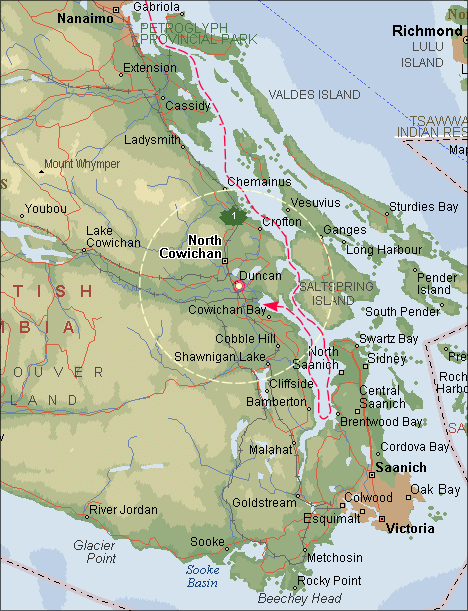 |
| Captain James Cook |
Captain James Cook was a British explorer, navigator and cartographer, ultimately rising to the rank of Captain in the Royal Navy. On his third and final voyage, he went northeast to explore the west coast of North America. He unknowingly sailed past the Strait of Juan de Fuca, and soon after entered Nootka Sound on Vancouver Island. He anchored near the First Nations village of Yuquot. Cook's two ships spent about a month in Nootka Sound, from 29 March to 26 April 1778, in what Cook called Ship Cove, now Resolution Cove, at the south end of Bligh Island, about 5 miles east across Nootka Sound from Yuquot, a Nuu-chah-nulth village (whose chief Cook did not identify but may have been Maquinna). Relations between Cook's crew and the people of Yuquot were cordial if sometimes strained.
 |
| Chief Maquinna |
Chief Maquinna was the chief of the Nuu-chah-nulth people of Nootka Sound, during the heyday of the maritime fur trade in the 1780s and 1790s on the Pacific Northwest Coast. His people are today known as the Mowachaht and reside today with their kin, the Muchalaht, at Gold River. His summer coastal village, Yuquot, became the first important anchorage in the European jockeying for power and commerce as the era of the maritime fur trade began. Yuquot became known as Friendly Cove, and after the British explorer Captain James Cook visited in 1778.
 |
| Captain George Vancouver |
Captain George Vancouver was an officer in the British Royal Navy, best known for his Vancouver Expedition maritime exploration of the North America's northwestern Pacific Coast regions, including the coasts of contemporary Alaska, British Columbia, Washington and Oregon. Vancouver entered the Strait of Juan de Fuca, between Vancouver Island and the Washington state mainland on 29 April 1792. His orders included a survey of every inlet and outlet on the west coast of the mainland, all the way north to Alaska.
 |
| Sir Alexander Mackenzie |
Sir Alexander Mackenzie was a Scottish explorer. He was the first person to cross the continent north of Mexico. His 6400 km trek to the Pacific on behalf of the North West Company revealed the promise of the Canadian Northwest and much of the geography of western North America. Mackenzie’s journey linked the Northwest with Canada, rather than letting it come under the sway of the United States.
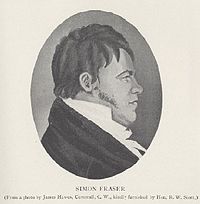 |
| Simon Fraser |
Simon Fraser was an American explorer, born in New York State, near the Vermont border.
In the meantime, discovering a trade route to the Pacific had became a priority for the North West Company. Its officials gave Fraser the task of exploring a river believed to be the Columbia to its ocean outlet. It is ironic that this river which he so successfully navigated turned out not to be the Columbia, but rather an unknown river which fellow Nor'wester David Thompson would later name the Fraser River. It is to this voyage that Simon Fraser owes his fame. On May 28, 1808, Fraser and a company of 23 men set out from Fort George to follow the river to the Pacific. Their harrowing journey, 520 miles in length and 36 days long, revealed both the ruggedness of the British Columbia interior and the courage of those who traversed it. Their expedition culminated in Fraser's discovery of the mouth of the river at Musqueam.
 |
| Sir James Douglas |
Sir James Douglas was a company fur-trader and a British colonial governor on Vancouver Island in northwestern North America, particularly in what is now British Columbia. Douglas worked for the North West Company, and later for the Hudson's Bay Company becoming a high-ranking company officer. From 1851 to 1864, he was Governor of the Colony of Vancouver Island. In 1858 he also became the first Governor of the Colony of British Columbia, in order to assert British authority during the Fraser Canyon Gold Rush, which had the potential to turn the B.C. Mainland into an American state. He remained governor of both Vancouver Island and British Columbia until his retirement in 1864. He is often credited as "The Father of British Columbia". James Douglas was born in Guyana to John Douglas, a Scottish planter, and Martha Ann Tefler, a Creole. Telfer was free coloured, which in her time and place meant a free person of mixed European and African ancestry. The couple had a number of children together, but were not formally married. In 1812 James was sent to Scotland to be schooled. At the age of sixteen Douglas left Britain to enter the fur trade in the employ of the North West Company. On April 27, 1828, Douglas married the daughter of New Caledonia's Chief Factor William Connolly, Amelia Connolly. Amelia's mother had been Cree.
As Governor, Douglas faced a number of significant challenges, not least of which was the expansionist pressure of the neighbouring United States of America. Using his meagre resources, Douglas created the Victoria Voltigeurs, Vancouver Island's first militia, using money from the Company and composed of Metis and French-Canadians in the company's service. He also used the sparse presence of the Royal Navy for protection.
In 1859, Douglas also found his colony embroiled in a dispute with Washington Territory over sovereignty in the San Juan Islands. The protracted, twelve-year standoff came to be known as the Pig War. Douglas pressed Britain to exert sovereignty over all islands in the archipelago dividing the Strait of Georgia from Puget Sound. Named for the largest island of the group, the San Juans Islands are immediately adjacent to Victoria and so were of great strategic interest and worry. While opposing troops remained garrisoned on San Juan Island, the dispute was eventually settled by arbitration in favour of the USA.
Douglas' largest problem in the mid- and late-1850s concerned relations with the majority First Nations population - numbered at around 30,000 local Songhees, Cowichan, Nanaimo, Nuu-chah-nulth, including raiding Haida from the Queen Charlotte Islands and the Euclataws Kwakiutl of northern Georgia Strait and the Sechelt, Sḵwxwú7mesh, and Sto:lo peoples of the Lower Mainland. In contrast, Europeans in the Colony numbered under 1000. Meanwhile, in neighbouring Oregon and Washington Territory the Cayuse and Yakima Wars and other conflicts between Americans and indigenous peoples were raging. Douglas' relations towards First Nations peoples were mixed. On the one hand, Douglas' wife was Cree, he had established many close business and personal relationships with indigenous peoples as a fur trader, and he sought to conclude treaties (the Douglas Treaties) with First Nations on southern Vancouver Island. On the other hand, Douglas supplied Washington Territory's Governor Isaac Stephens with arms and other supplies to assist the American government in its conflict with Native American tribes, and the treaties he concluded were later criticized as having provided woefully inadequate compensation in return for large swaths of territory (in most cases, a few blankets or a few shillings). The treaties, concluded between 1850 and 1854, acquired fourteen parcels of land for the Crown from the native peoples, totalling 570 km2. The treaty-making was halted after the Colony ran out of money to pursue its expansion policy.
Other actions during Douglas' time as governor include the creation of public elementary schools, attempts to control alcohol and the construction of the Victoria District Church (forerunner to the Christ Church Cathedral). In 1856, as ordered by the British Government, Douglas reluctantly established an elected Legislative Assembly. This was a turning point for Douglas, who was accustomed to administering the colony with absolute authority. The council was opposed to Douglas on many issues, and consistently criticized him for having a conflict of interests between the Company and the colony.
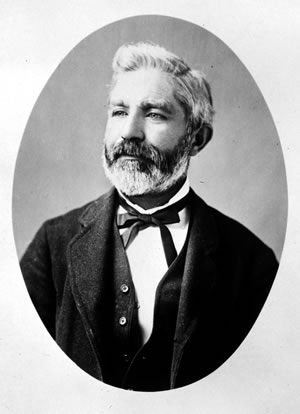 |
| Dr. John Sebastian Helmcken |
John Sebastian Helmcken was a British Columbia physician who played a prominent role in bringing the province into Canadian Confederation. He was hired aboard the Hudson's Bay Company's Prince Rupert as a ship's surgeon on its 1847 voyage to York Factory, Rupert's Land. After completing his certification at Guy's Hospital, he travelled to India and China. He had intended to join the Navy, but was persuaded instead to join the HBC in 1849 as a physician and clerk on to be stationed on Vancouver Island. On the long voyage, smallpox broke out aboard ship, but Helmcken handled the situation ably, and only a single life was lost.
Helmcken arrived on Vancouver Island in March 1850 and was posted first to Fort Rupert, where he was soon made a magistrate and tasked with resolving a dispute between the company and the coal-miners there, who wanted to join the California Gold Rush. Six months later, Chief Factor James Douglas called Helmcken to Fort Victoria to attend the ailing Governor Richard Blanshard, and he settled there permanently. On December 27, 1852, he married Douglas' daughter Cecilia. Douglas was by that time the governor of the colony, and Helmcken had effectively joined what newspaperman Amor de Cosmos called disparagingly the "family-company compact".
In 1856, he was elected to the first Legislative Assembly of Vancouver Island to represent Esquimalt. He served as its speaker until that colony merged with British Columbia in 1866. He continued on as Speaker of the Legislative Council of the new colony until Confederation in 1871. By 1863 he had risen to the rank of chief trader within the HBC, and in 1870 Governor Musgrave appointed him to his executive council.
Helmcken was in favour of British Columbia joining Canadian Confederation for a while in 1866, but by the time the issue was being seriously debated in 1870 he had dismissed it as impractical, and against the financial interests of the colony. He was sometimes accused of supporting annexation to the US, and while he denied that, he did state that "it cannot be regarded as improbable that ultimately, not only this Colony, but the whole of the Dominion of Canada will be absorbed by the United States." Helmcken later summed up his real objection to joining Canada as purely utilitarian: "this Colony had no love for Canada; the bargain for love could not be; it can only be the advancement of material interest which will lead to union."
Despite his opposition to the idea, Helmcken was sent along with Joseph Trutch and Robert Carrall to Ottawa to negotiate terms of confederation with the Canadian government. The terms they negotiated were very favourable to BC; In particular, BC was promised a railway connection with the rest of Canada within ten years and the federal government agreed to assume the colony's sizable debt. Few British Columbians could deny the value of the deal as negotiated by Helmcken, Carrall and Trutch, and British Columbia became a Canadian province on July 20, 1871. After Confederation, Helmcken retired from politics.
 |
| Amor De Cosmos |
Amor De Cosmos was a Canadian journalist, publisher and politician. He served as the second Premier of British Columbia. As the child of American refugees, who had himself lived six years in the United States, De Cosmos developed a sharpened sense of nationalism. He believed that the colonies of British North America needed to be self-supporting, develop a distinct identity, and form a political and economic union. From such policies, emerged the two great causes of his later career: the union of Vancouver Island and British Columbia, and the merged Colony of British Columbia’s entry into Confederation. To advance the first cause, De Cosmos left journalism and entered politics, becoming a member of the Legislative Assembly of Vancouver Island from 1863 until its union with the Colony of British Columbia in 1866. He advanced the second cause through his position as a member of the assembly of the merged, larger British Columbia from 1867-68 and 1870-71, and as the leading force behind the colony's Confederation League. Through the instrumental role De Cosmos played in realizing these two goals, he earned for himself his reputation as British Columbia's Father of Confederation and became the second premier of British Columbia.
 |
| Matthew Baillie Begbie |
Matthew Baillie Begbie was the first judge in British Columbia and later became known as "The Hanging Judge". Begbie spent the first thirty-nine years of his life in Great Britain. He received his first degree from Cambridge University where he studied mathematics and the classics. After Cambridge Begbie went on to study law at Lincoln's Inn. He established a successful law practice in London before heading to British Columbia.
Sent from England in 1858 to be the first judge of the new colony of British Columbia, he quickly established his reputation as a resolute, but fair, upholder of British law and order in the scattered mining camps of the colony, the white population of which was largely American. His efforts and those of Governor James Douglas ensured that the colony remained British, to become part of Canada.
During his years on the bench, Begbie traveled throughout British Columbia, on foot and later on horseback administering justice in sometimes informal circumstances but he is said to have always worn his judicial robes and wig when court was in session. During his early years, he played a role in government including drafting legislation. He spoke several languages and is said to have been able to conduct trials in several aboriginal languages without the use of an interpreter.
Upon BC entering Confederation in 1871, Begbie became its first chief justice. He guided the judicial system of the province to an era of considerable sophistication, displaying characteristics unexpected of a Victorian judge: espousal of the rights of Chinese and native people; a lifelong interest in progressive law reforms and a tendency to take the side of the "little man." In later years he was the social lion of the genteel society of Victoria, where he lived in bachelor comfort.
